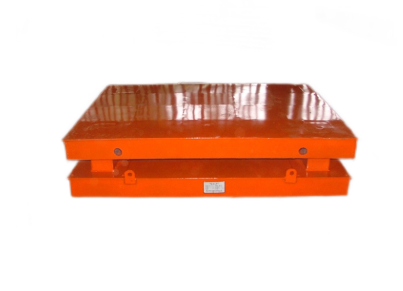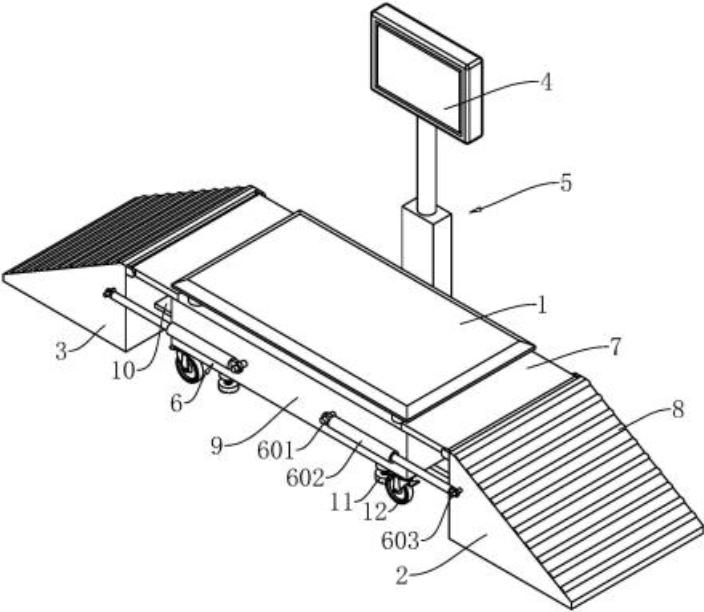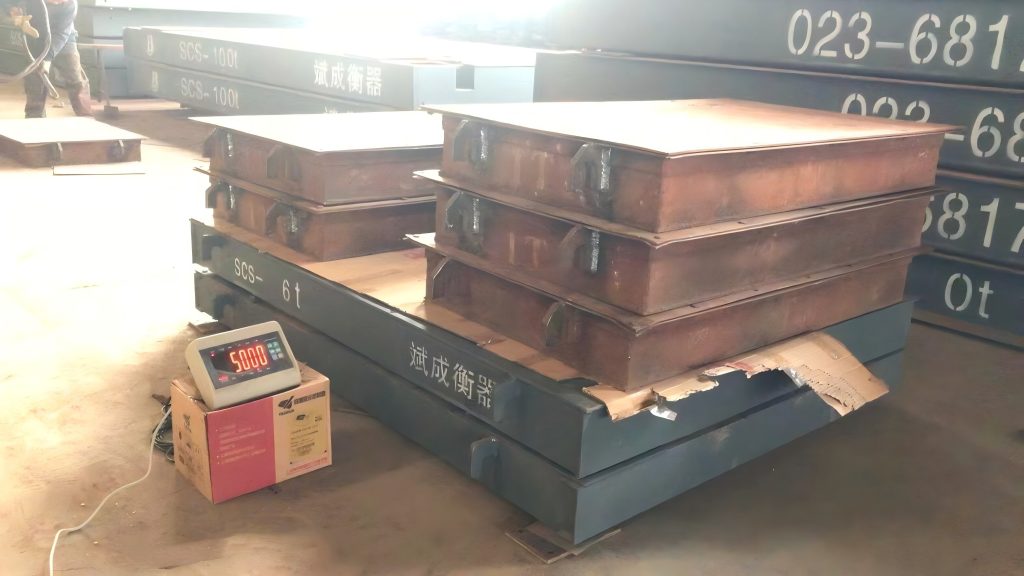Buffer Scales: Maximizing Weighing Efficiency
In today’s industrial landscape, accuracy and efficiency are critical. When it comes to weighing, even minor differences can have a significant impact on production, inventory control, and, ultimately, profitability. Traditional platform scales, while effective, are prone to vibrations and uneven loading, resulting in weight discrepancies. Enter the novel solution: the buffer scale.
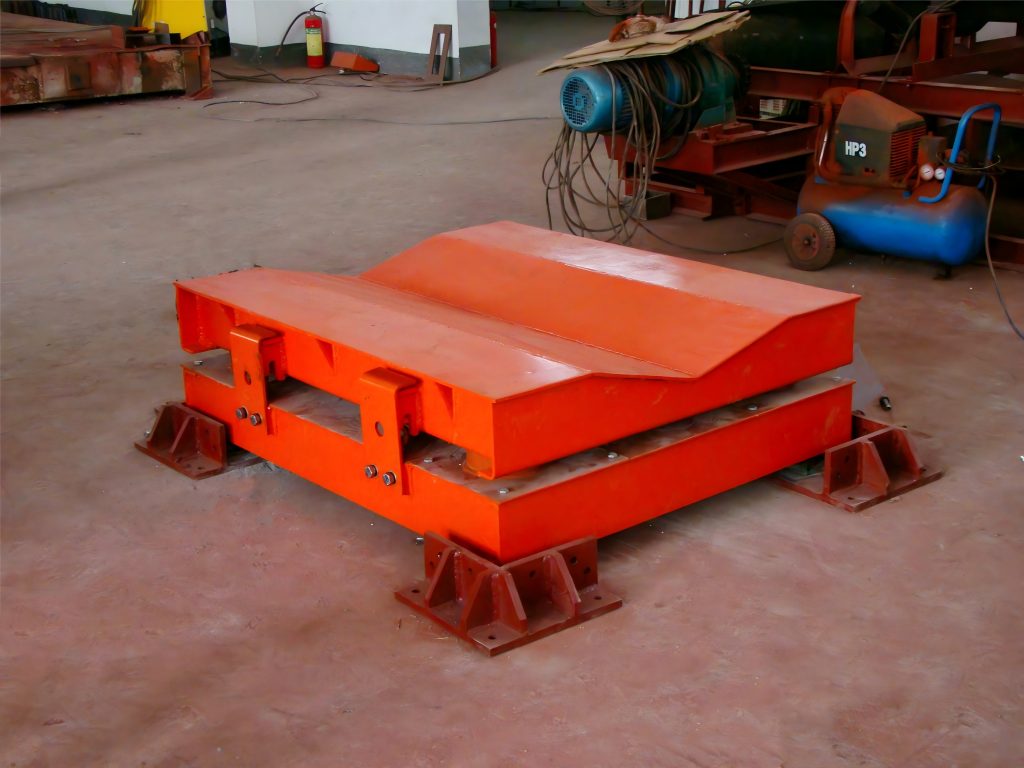
What Are the Benefits of Using a Buffer Scale?
Buffer scales have several advantages over traditional industrial platform scales, especially when handling weight fluctuations or sensitive products. Here’s a deeper look at the benefits:
| Benefits of Using a Buffer Scale | Explanation |
| Protection of Load Cells and Scale Structure | Buffer scales are designed to absorb the impact of heavy loads, reducing the stress on load cells and the overall scale structure. This prolongs the lifespan of the scale and minimizes the risk of damage. |
| Improved Accuracy | By minimizing vibrations and shocks, buffer scales contribute to more accurate weight measurements. This is especially crucial in applications where precise weighing is essential. |
| Reduced Maintenance | The protective nature of buffer scales can reduce the frequency of maintenance and repairs, leading to lower operating costs. |
| Enhanced Durability | The robust construction of buffer scales makes them well-suited for harsh industrial environments where heavy loads and frequent use are common. |
| Increased Safety | Buffer scales can help to prevent accidents by providing a more stable and secure weighing platform. |
| Suitable for Dynamic Weighing | Buffer scales are ideal for applications that involve dynamic weighing, such as conveyor belt systems, where loads are constantly changing. |
| Noise Reduction | The cushioning effect of buffer scales can significantly reduce noise levels during the weighing process. |
| Customization Options | Buffer scales can be customized to meet the specific needs of different industries and applications, such as size, capacity, and material. |
Buffer scales offer a number of advantages, including improved accuracy, durability, and safety. They are particularly well-suited for applications that involve heavy loads, dynamic weighing, and harsh environments.
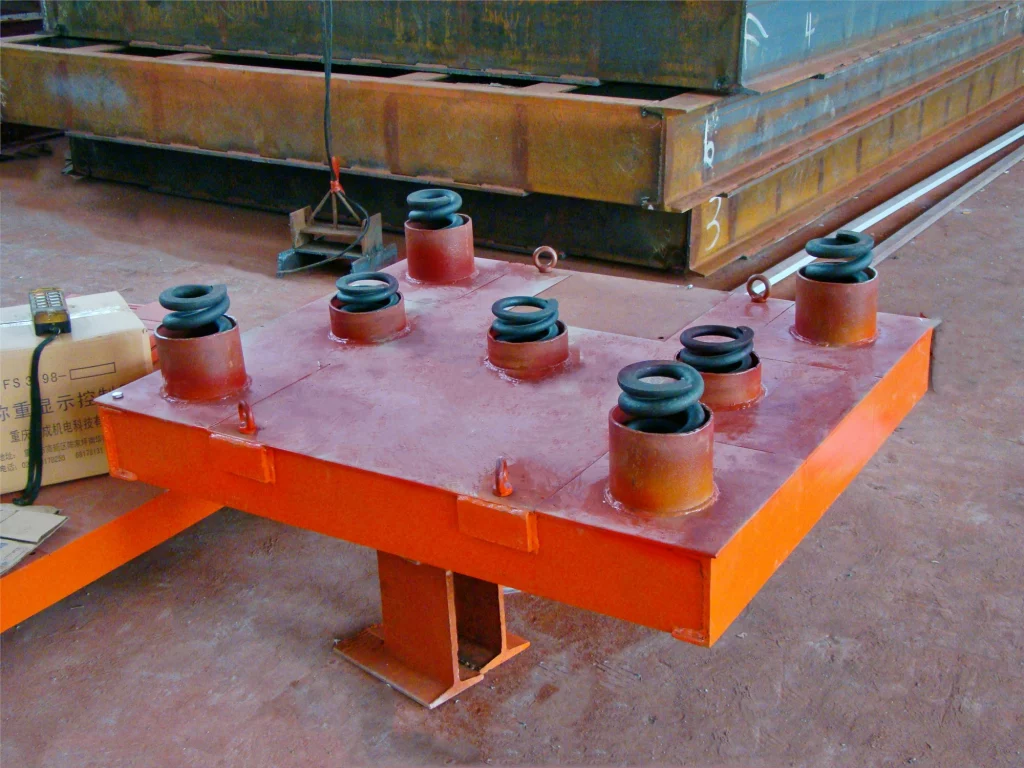
What Are Some Applications for Buffer Scales?
Buffer scales, with their ability to handle weight fluctuations and ensure precise measurements, find application across various industries. Here’s a breakdown of some key applications:
Application 1: Food & Beverage Production
- Accurate Ingredient Weighing: Precise ingredient measurement is essential for consistent recipe execution. Buffer scales reduce weight differences caused by vibrations or uneven settling of powders and grains, resulting in consistent product taste and quality.
- Portion Control: Pre-packaged snacks, meals, and ingredients require precise portioning. Buffer scales ensure that each package has the correct weight, preventing overfilling or underfilling, which can affect profit margins and customer satisfaction.
- Inventory Management: Accurate inventory tracking is crucial for efficient food production. Buffer scales provide accurate weight data for stock control, preventing ingredient stockouts and reducing waste caused by overstocking perishable items.
Application 2: Pharmaceutical Manufacturing
- Precise Dosing: Minute weight differences in pharmaceutical ingredients can have serious consequences. Buffer scales ensure precise dosing of active ingredients and excipients, thereby maintaining product efficacy and safety.
- Quality Control: Buffer scales are used for quality control checks to ensure batch weights meet specifications. This aids in identifying and correcting any deviations that may occur during the manufacturing process.
Application 3: Chemical Processing
- Accurate Mixing Ratios: Chemical reactions frequently necessitate precise mixing ratios of different components. Buffer scales provide accurate weight measurements for bulk materials such as powders, liquids, or granules, resulting in consistent product quality and performance.
- Inventory Tracking: Buffer scales aid in the accurate inventory management of potentially hazardous chemicals. This reduces the likelihood of accidents or spills due to improper storage or handling.
Application 4: Packaging & Shipping
- Accurate Labeling: Buffer scales ensure that packages are the correct weight, allowing for accurate labeling that meets shipping regulations. This avoids penalties for weight discrepancies and ensures that customers receive the correct quantity of product.
- Freight Cost Management: Accurate weight data helps to reduce shipping costs by avoiding overestimation and unnecessary freight charges.
Other Applications
- Recycling & Waste Management: Buffer scales are used in waste sorting facilities to sort and recycle materials accurately based on their weight. This allows for proper resource allocation and effective waste management practices.
- Agriculture: Buffer scales can be used to weigh crops, seeds, fertilizer, or livestock (with proper animal handling precautions) to ensure accurate yield calculations, proper feed allocation, and optimal farm management.
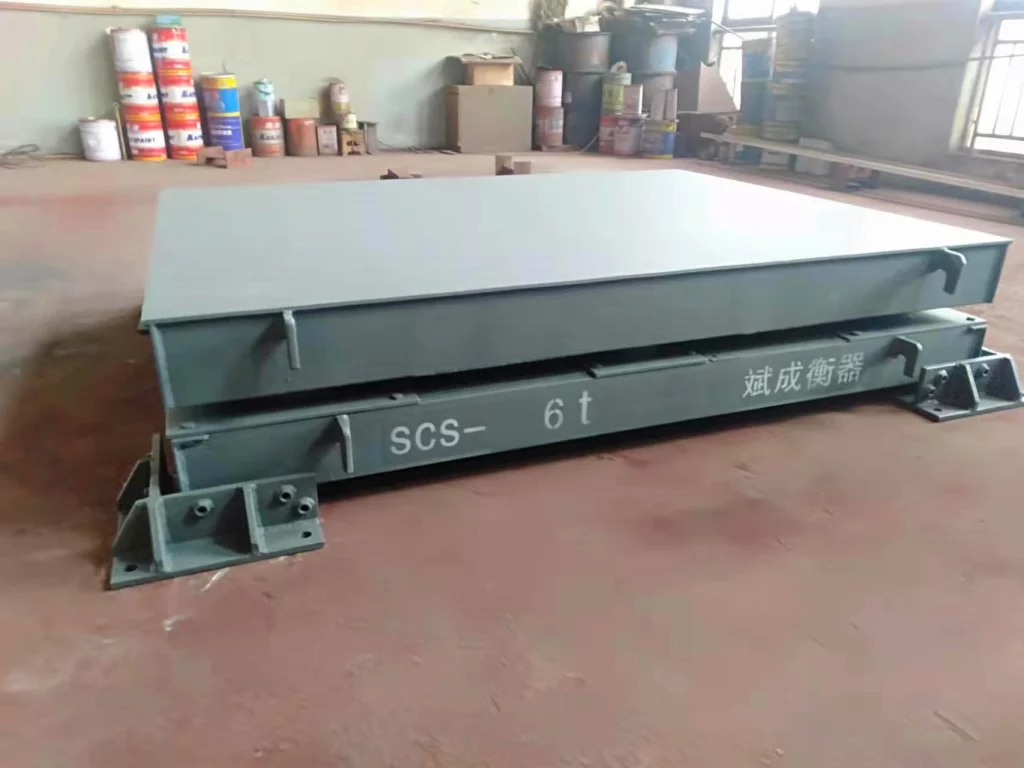
How Do I Choose the Right Buffer Scale?
To ensure optimal performance and return on investment, you must consider several factors when selecting the best buffer scale for your industrial needs. Here’s a breakdown of the main points to consider:
1. Capacity and Weight Requirements
- Maximum Capacity: Choose a scale whose capacity exceeds your typical loads. Buffer scales typically have a slightly lower usable capacity than traditional platform scales due to the buffer system. Consider the weight of pallets, containers, or other materials placed on the platform alongside your product.
- Minimum Weight: Consider the lightest items you intend to weigh. Some buffer scales may have a minimum weight limit, below which accuracy may suffer.
2. Platform Size and Product Dimensions
- Platform Dimensions: Choose a platform size that will comfortably hold your largest product or load. Make sure there’s enough space to move objects on and off the platform without causing instability.
- Low-Profile Options: If floor space is limited, consider low-profile buffer scales, which reduce platform height for easier loading and unloading.
3. Accuracy Requirements
- Industry Standards: Certain industries have specific weight accuracy requirements. Research the regulations or standards that apply to your application and select a buffer scale that meets or exceeds them.
- Number of Divisions: The number of divisions on a scale defines its readability. Higher divisions give more accurate weight readings in smaller increments. Choose a division size that meets your accuracy requirements.
4. Connectivity and Integration
- Data Output Options: Consider what type of data output you require. For connecting to your existing data collection or inventory management systems, you may have the option of using RS-232, USB, Ethernet, or WiFi.
- Printing Capabilities: To print weight tickets or labels, select a scale with a built-in printer.
5. Environmental Considerations
- Location: Will the scale be used inside or outside? If you plan to use it outside, choose a model with adequate weather protection.
- Dust and Moisture: If your environment is dusty or moist, choose a scale with sealed components to protect the internal weighing mechanism.
By carefully considering these factors, you can choose a buffer scale that meets your specific requirements while ensuring accurate, efficient, and dependable weighing operations in your industrial setting. It is also recommended that you speak with a qualified platform scale manufacturer or supplier representative to discuss your specific application and get recommendations based on their experience.
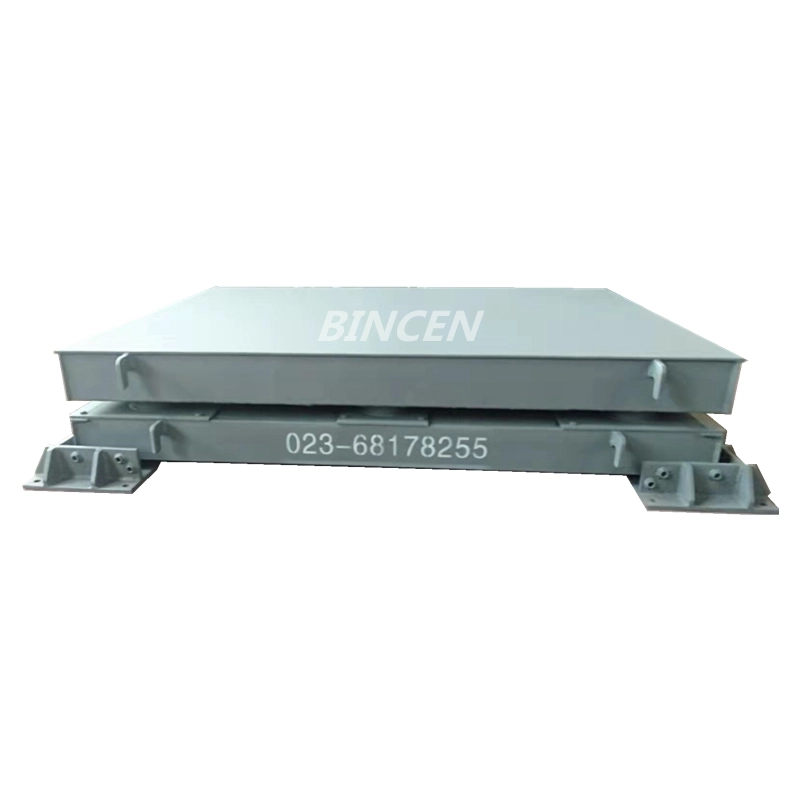
Conclusion
This article delves into the world of buffer scales, discussing their benefits, various applications, and important factors to consider when selecting the best one for your specific requirements. Understanding the unique capabilities of buffer scales can lead to improved accuracy, streamlined processes, and increased control in your industrial operations.

